What confined education has stripped
We should not fool ourselves either: many of the limitations uncovered in those months were not only due to the strange circumstances of a confined education, but that critical global incident unearthed, revealed some of the deepest, endemic, chronic pathologies of our teaching system. The emperor suddenly showed himself naked in the eyes of all (Pozo, 2020). The closure of the schools revealed the enormous educational inequalities or the marginal role of families, who were suddenly forced to manage the day-to-day running of the school learning process. We were also able to see the lack of training for teachers in order to deal with this digital education and, what is even worse, the scarce and disorganised digital resources that the administration could make available to these same teachers. These made it necessary to implement multiple support initiatives for teachers, students and families, such as EducamosContigo, a volunteer and advice platform promoted by a group of teachers and students from the Autonomous University of Madrid.
This situation also revealed obsolete forms of teaching and evaluation that do not respond to the training needs of the society we live in (Pozo, 2020). The most frequent teaching activities have been centred on a one-way use of digital spaces: teachers transmitted information to the students who could afterwards return tasks in order to be marked. On the other hand, spaces for interaction and collaboration have been scarce (Devitt et al., 2020; Pozo et al., 2020). In other words, the confined school has perpetuated traditional teaching models: teachers handled the entire flow of information instead of helping students to better manage their interaction with digital technologies in their daily lives.
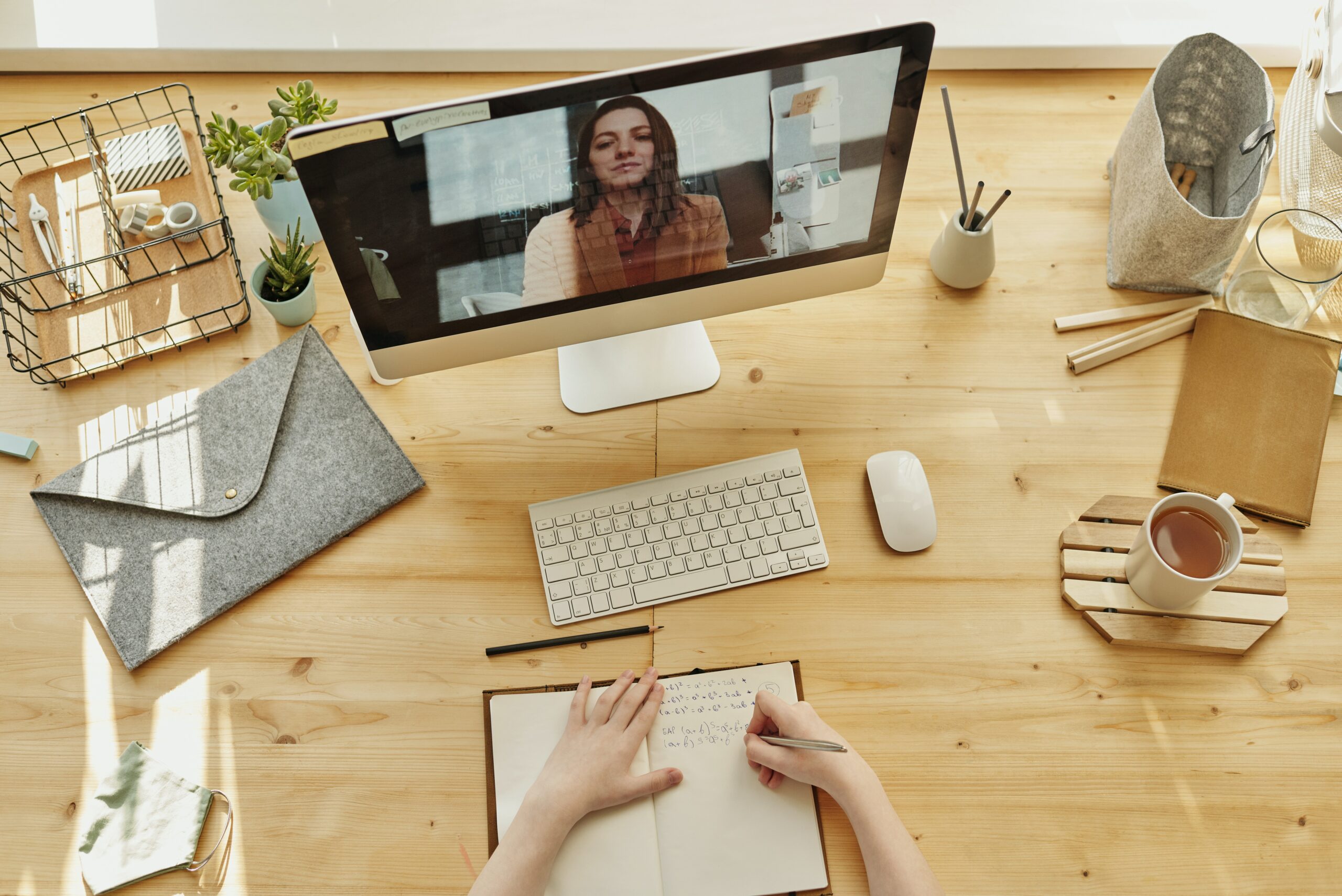
The most frequent teaching activities have been centred on a one-way use of digital spaces.
These times of pandemic have, in fact, revealed that our school forms for a society that no longer exists, oblivious to digital culture. It is necessary to rethink these habits and conceptions, these deep-rooted beliefs and practices in order to transform them (Pozo, 2020). We have a unique opportunity to incorporate the digital culture that flows beyond the walls of the classroom into the whole of society. But genuinely integrating digital technologies requires transforming the school culture, thinking about new ways of teaching and learning, some new and more open, fluid educational projects which respond to the training needs of what is now called the Global Competition or the competences for the 21st Century (Ertmer et al., 2015), collected here by Monereo (2020).
The truth is that despite all the possibilities of digital education (e.g. Coll and Monereo, 2008), schools continue to resist assuming that we live in a digital society and training citizens requires providing them with resources to move around these spaces critically and fluidly, as clearly reflected by the father of the so-called PISA studies.
There are indeed many reasons to distrust digital technologies as vehicles for the dissemination of information, emotional education, training in values or learning good social relations. The personal, social and cognitive activity that Facebook, Instagram or Google promote behind the screens is not the most desirable (Melo et al., 2019). But precisely for this reason the less we like the use that children and adolescents make of the screens, the more we will have to incorporate them into education to transform these uses, promoting epistemic goals, aimed at generating knowledge instead of simple fun, immediate reinforcement, or nurturing harmful or inconvenient relationships (Pozo, 2020).
The return to the classroom in a hybrid school: True crossbreeding always enriches
For this reason, this after summer new scenario of “hybrid education”, that mixes face-to-face with virtual lessons, can be a privileged opportunity to incorporate this digital culture, not only as technology but above all as a way of relating to others and to the knowledge that cannot be reduced to the mere traditional didactic formats. In many cases, both in university and secondary schools, this hybrid education has been called mirror teaching: part of the students attends their classroom every day, and rest follow the class from their
homes on the screen. This model of streaming classes, which has been defended as a panacea by different administrations, is only viable if the activity remains teacher-centred. Once again digital technologies are being used to maintain traditional teaching formats whereas all the research on their educational use highlights that virtual teaching is a particularly suitable space for promoting autonomous and cooperative learning, which requires activities centred on the student and not on the teacher (Hall et al., 2020; Sangrá, 2020; Trujillo-Sáez, 2020).
Fortunately, there are alternatives to these streaming classes, choices that not only produce better learning but also help promote classroom transformations that bring us closer to the education we want. These alternatives are based on principles such as the authenticity of tasks and contexts, student autonomy, collaboration, flexibility and the use of digital materials (video games, simulations, etc.) adapted by students (Hall et al., 2020).
We have a unique opportunity to incorporate the digital culture that flows beyond the walls of the classroom into the whole of society.
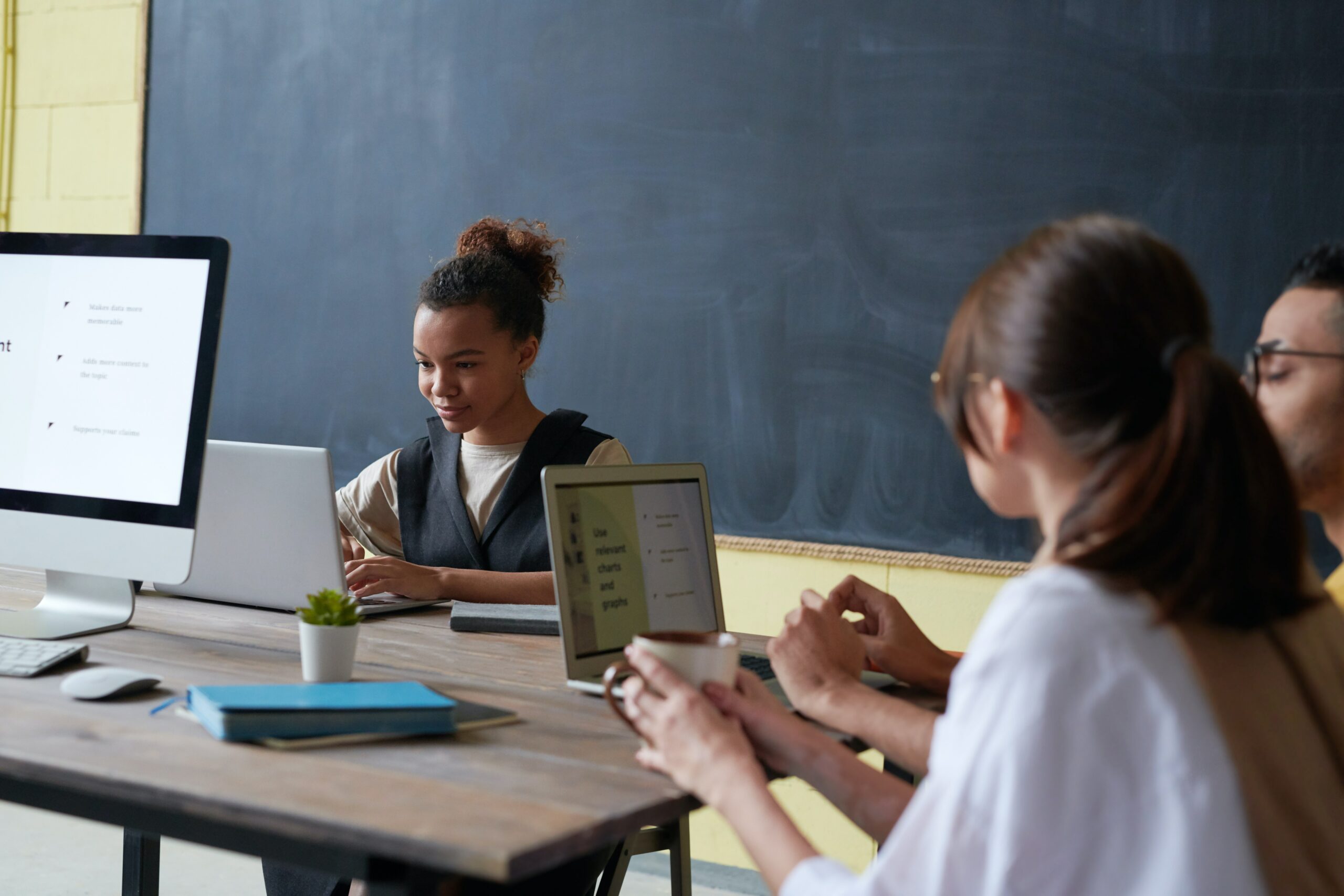
It is a question of taking advantage of this cultural symbiosis to change the dose of activities, to do less teacher-centred tasks and more student-centred ones, facilitating the opening of the classroom to other physical and social spaces, breaking down the walls that usually surround the school (Fernández-Enguita, 2017), but also the walls of the disciplines, to encourage Project Based Learning or those challenges proposed by Monereo (2020). This requires a change in goals and priorities, rethinking the ways of evaluating (confined education has made it so evident: what is the point of assessing by asking for knowledge that can be retrieved from Google or Socratic instead of evaluating how this knowledge is used to face specific challenges, problems or decisions?) It is also about encouraging cooperation rather than individualism -an endemic evil in our educational culture-, promoting autonomous learning, etc. etc. Principles that are not new but which may become necessary with proper incorporation of digital culture into the classroom.
Hybrid education must lead to a fusion school that, without losing sight of its essential goals, knows how to integrate these possibilities offered by digital technologies, promoting an epistemic use of them (Pozo, 2020). Let’s turn hybridisation into a true crossbreeding, because, let’s remember, only by reconstructing the services of these technologies from the school can we teach students not only to live with them but above all to transform them and themselves.
10 ideas to renew the ways of teaching and learning in a hybrid or mixed education

References
Coll, C., y Monereo, C. (eds.) (2008). Psicología de la educación virtual. Aprender y enseñar con las Tecnologías de la Información y la Comunicación. Madrid: Morata.
Devitt, A., Bray, A., Banks, J., & Ni Chorcora, E. (2020). Teaching and learning during school closures: Lessons Learned. Irish second-level teacher perspective. Dublin. Trinity.
Ertmer, P. A., Ottenbreit-Leftwich, A. T., y Tondeur, J. (2015). Teachers’ beliefs and uses of technology to support 21st-century teaching and learning. En H. Fives y M.G. Gill (Eds.) International handbook of research on teacher beliefs (págs 403-418). N. York: Routledge.
Fernández Enguita, M. (2017). Más escuela y menos aula. Madrid, Morata.
Hall, T., Connolly, C., Grádaigh, S. Ó., Burden, K., Kearney, M., Schuck, S., … & Koenraad, T. (2020). Education in precarious times: a comparative study across six countries to identify design priorities for mobile learning in a pandemic. Information and Learning Sciences.
Luengo, F. y Manso, J. (2020) Informe de Investigación COVID19: Voces de docentes y familias. Fundación Atlántida.
Melo, C., Madariaga, L., Nussbaum, M., Heller, R., Bennett, S., Tsai, C. C., y van Braak, J. (2020). Educational technology and addictions. Computers and Education, 145, 103730.
Monereo, C. (2020). La pandemia del COVID19 como reto y oportunidad de aprendizaje. Revista Diàlegs.
Pozo, J.I. (2020) ¡La educación está desnuda! Madrid: SM
Pozo, J.I.; Pérez Echeverría, M.P.; Cabellos, B. y López-Sánchez, D. (2020). Teaching and learning in the days of COVID-19: uses of ICT in confined school. Revista Diàlegs.
Sangrá, A. (ed.) (2020) Decálogo para la mejora de la docencia online propuestas para eDucar en contextos presenciales discontinuos. Barcelona: UOC.
Trujillo-Sáez, F. (ed.) (2020) Aprender y enseñar en tiempos de confinamiento: Propuestas útiles para la educación del siglo XXI en tiempos de pandemia. Madrid: Libros de la Catarata.
Trujillo-Sáez, F.; Fernández-Navas, M.; Montes-Rodríguez, M.; Segura-Robles, A.; Alaminos-Romero, F.J. y Postigo-Fuentes, A. Y. (2020). Panorama de la educación en España tras la pandemia de COVID-19: la opinión de la comunidad educativa. Madrid: FAD.
You might also like

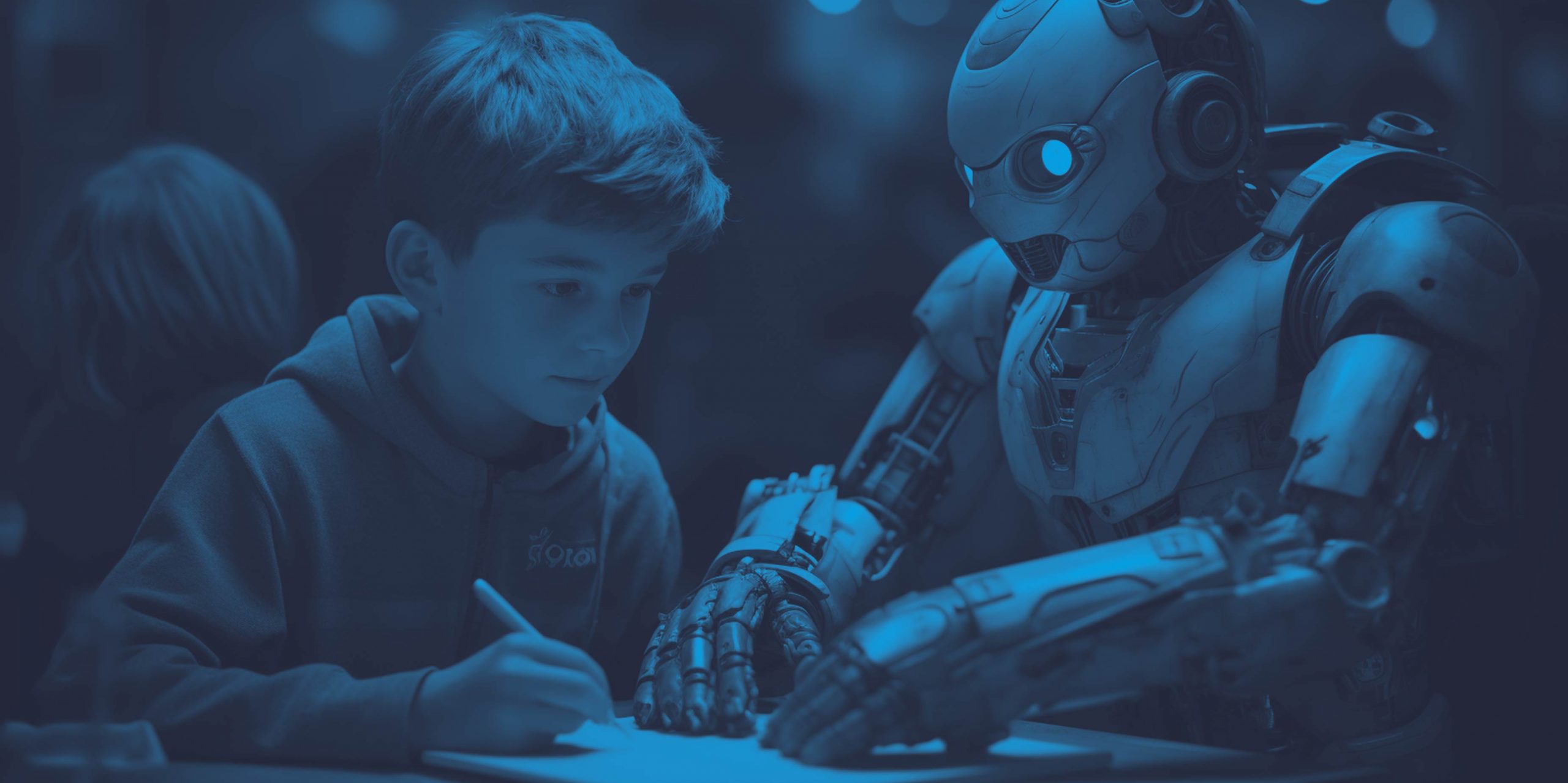
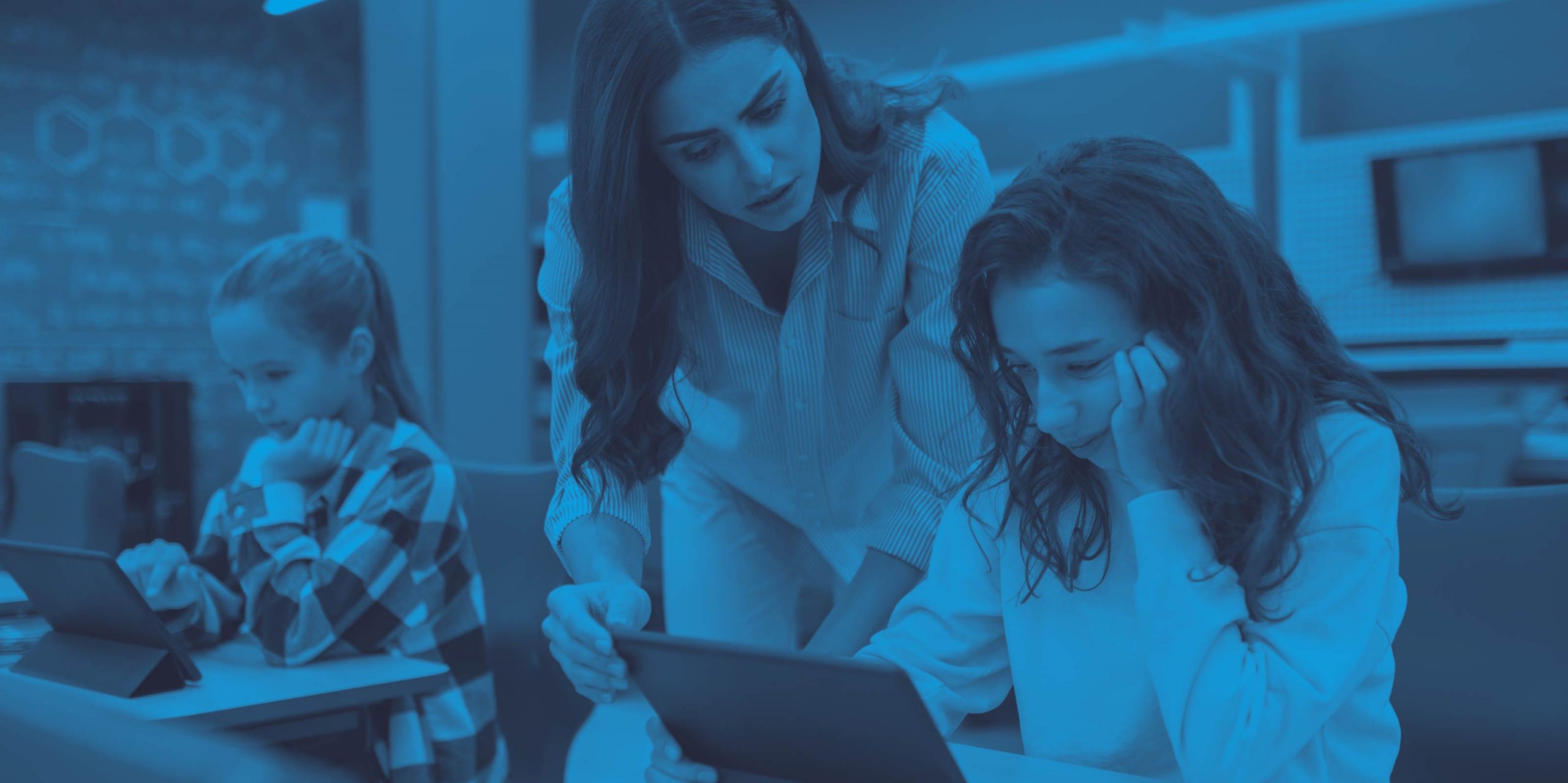
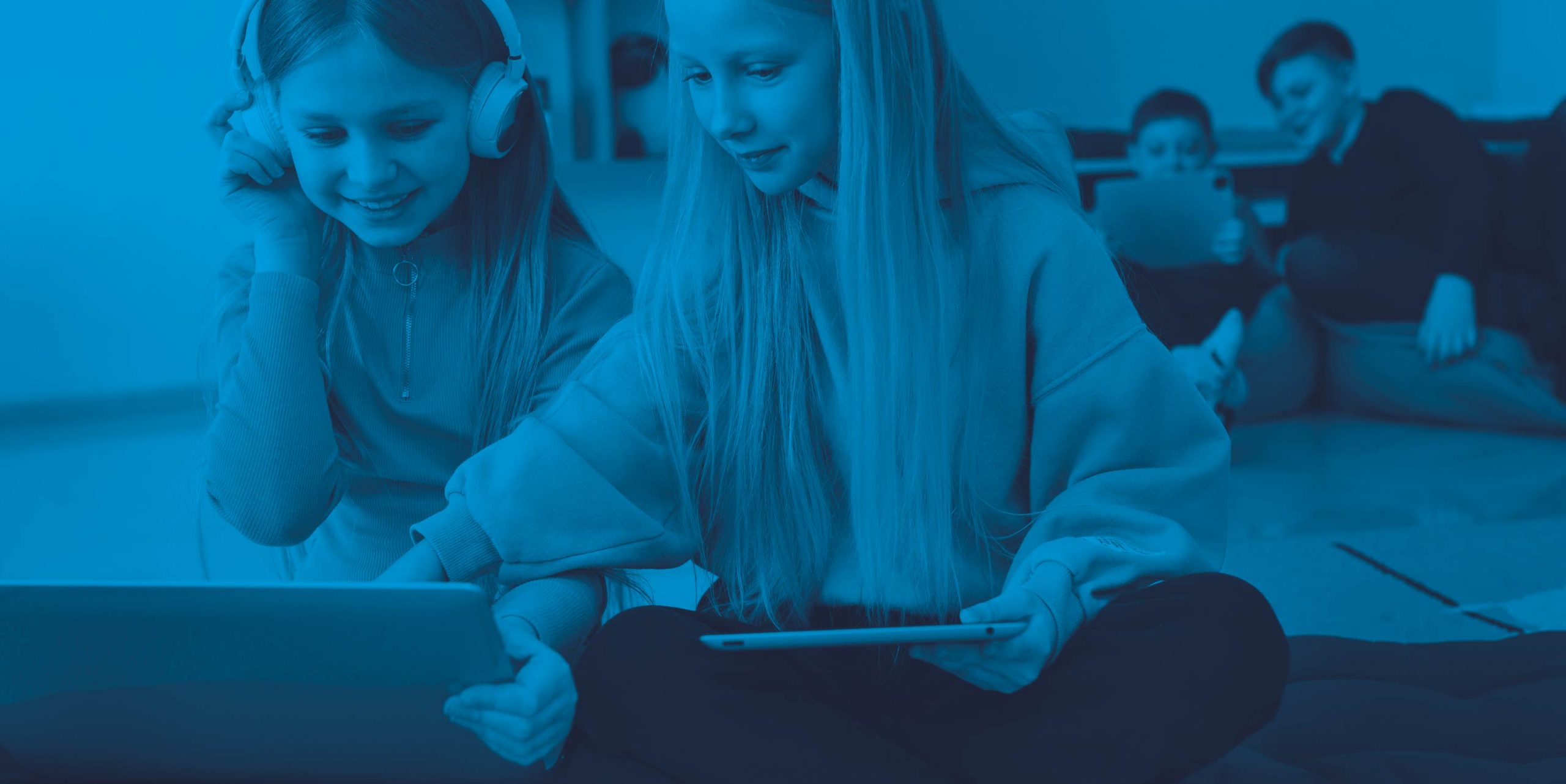
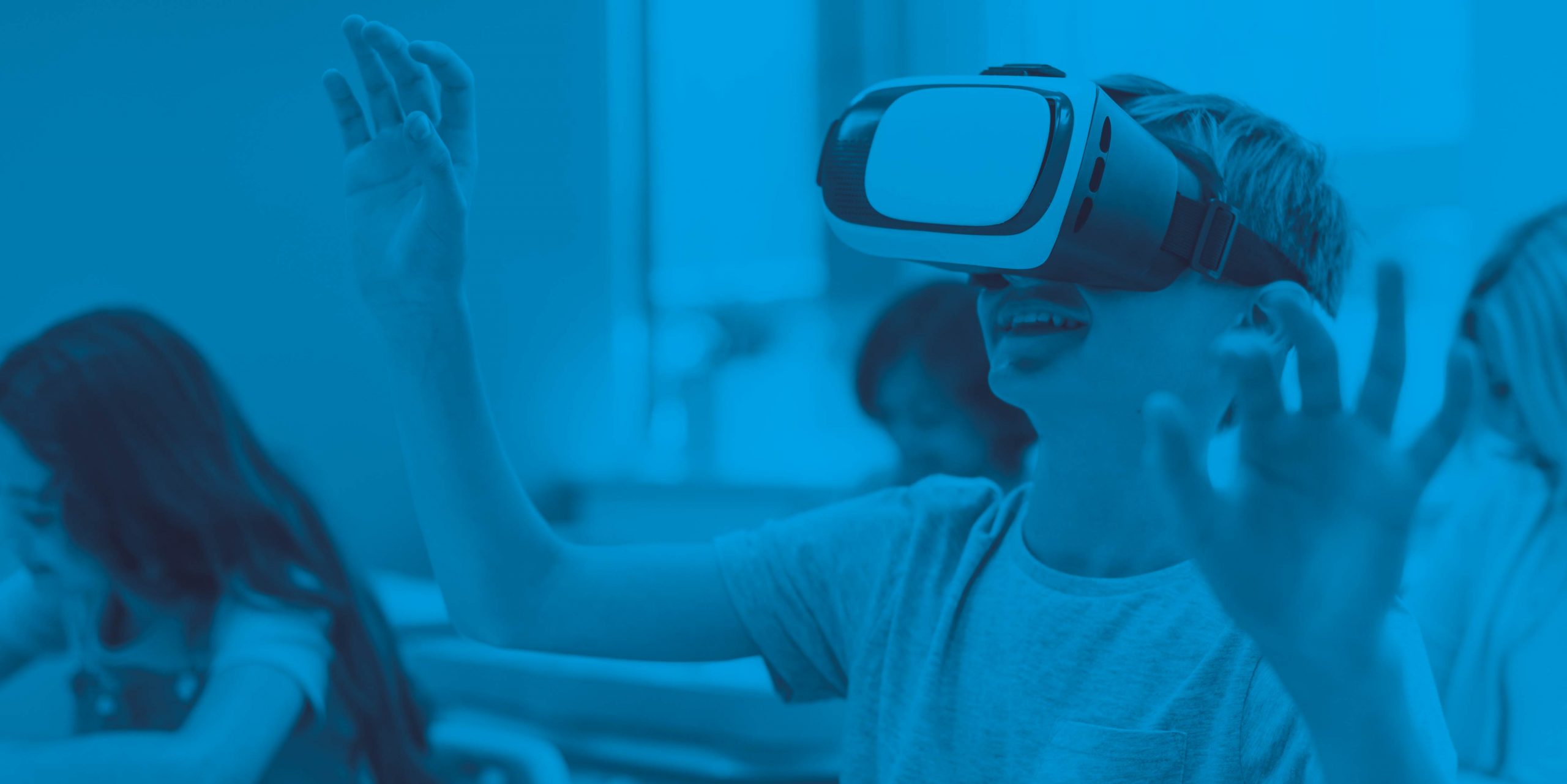

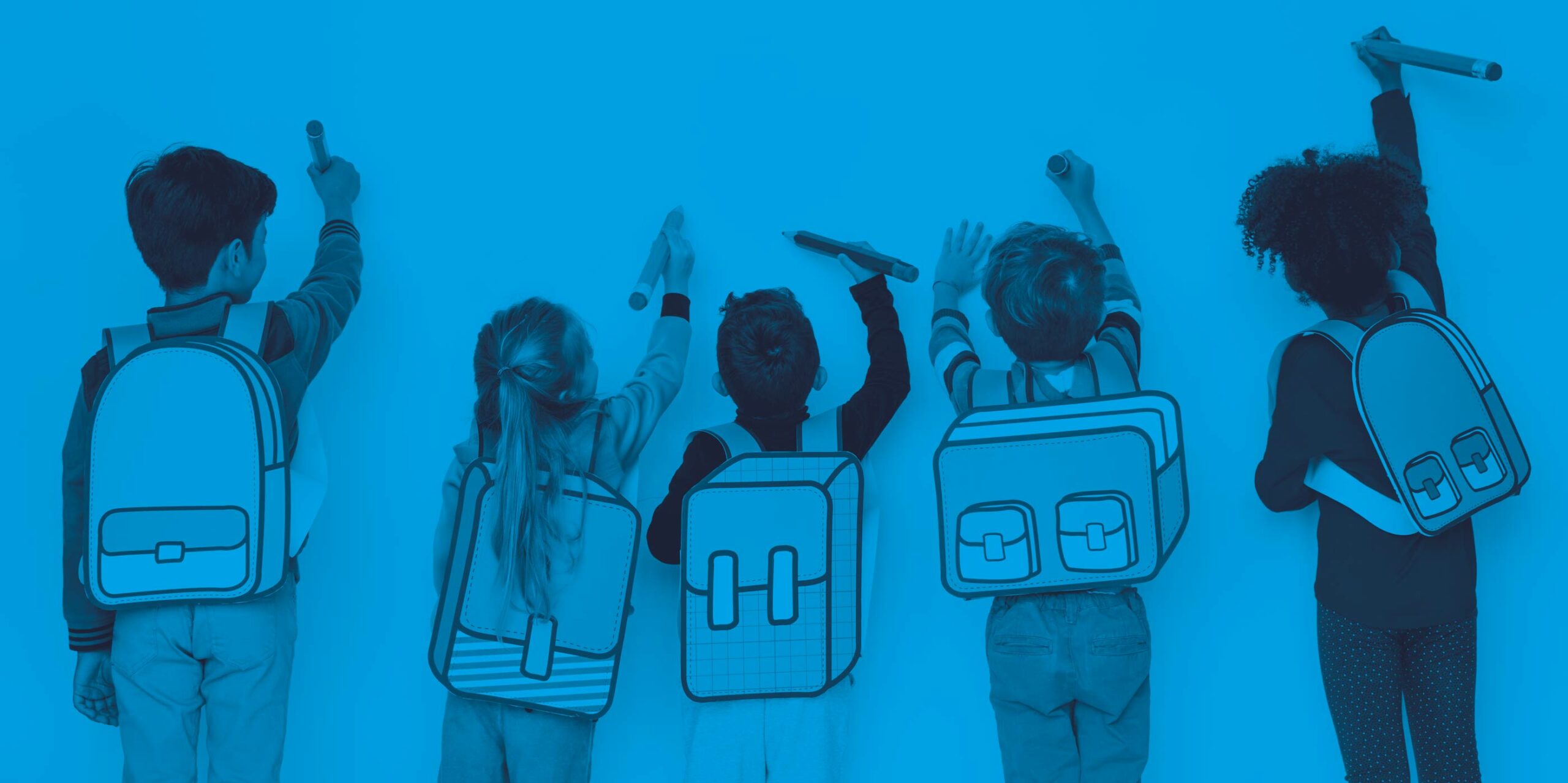


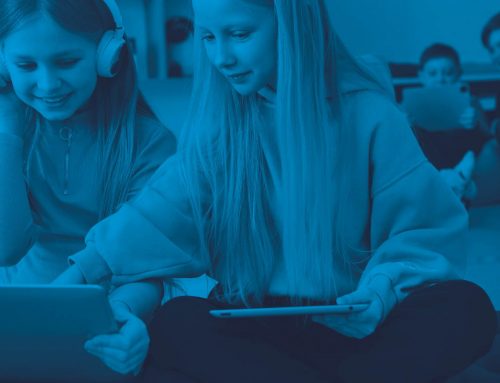
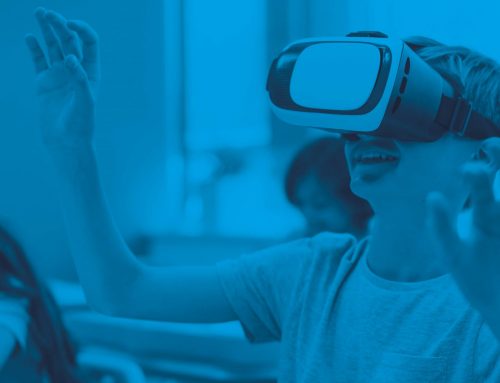
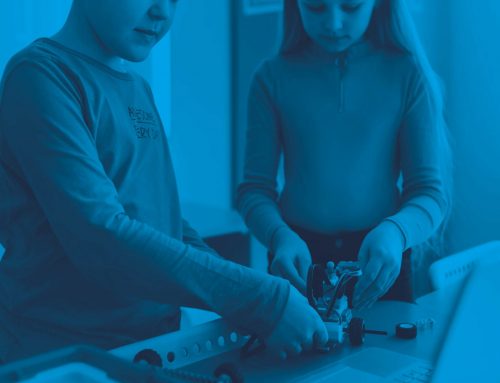
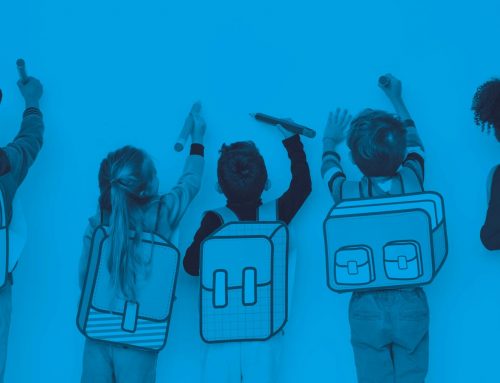
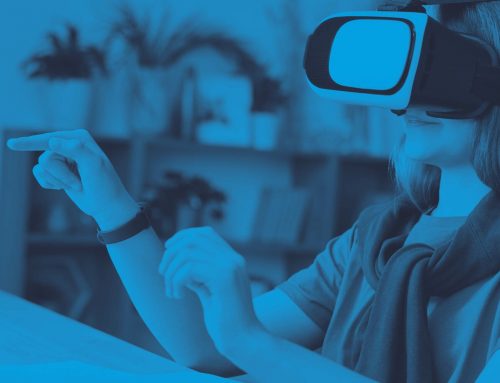

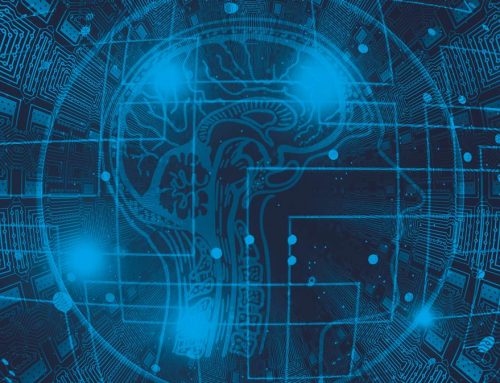

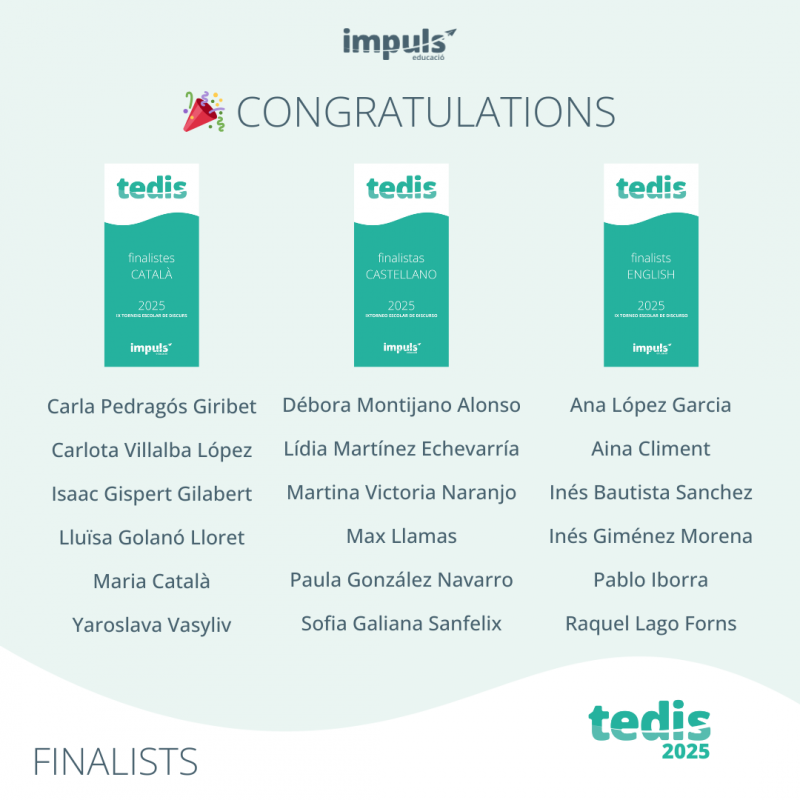

Leave A Comment